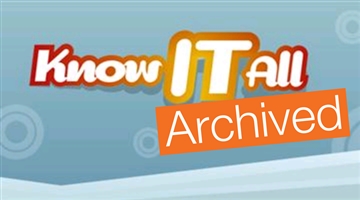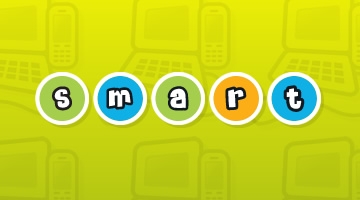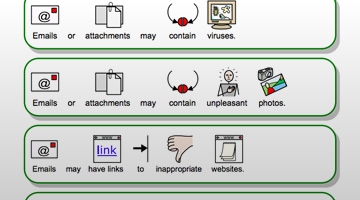Please note this resource has now been archived. To access new resources please check out our resource page and our ‘Online Safety in the Computing Curriculum’ Guide.
E-safety advice and resources for teachers and professionals working with SEN pupils.
Some groups of children are potentially more vulnerable and more at risk than others when using ICT. These can include children with emotional or behavioural difficulties, learning difficulties, and other complex needs, as well as those whose English is an additional language, and looked after children.
Of course children with Special Educational Needs (SEN) can use the internet in educational, creative, empowering and fun ways, just like their peers. However, they may be particularly vulnerable to e-safety risks. For example:
- Children and young people with Autistic Spectrum Disorder may make literal interpretations of content, which will affect how they respond.
- Some children may not understand much of the terminology due to language delays or disorders.
- Some children with complex needs do not understand the concept of friendship, and therefore trust everyone implicitly. They do not know how to make judgements about what is safe information to share. This leads to confusion about why you should not trust others on the internet.
- There is also growing concern around cyberbullying. We need to remember that some children with SEN or disabilities may be vulnerable to being bullied through the internet, or not recognise that they are being bullied.
- In addition, some children may not appreciate how their own online behaviour may be seen by someone else as bullying.
These are challenging and complex issues and it’s important that your school’s Special Education Needs Co-ordinator (SENCO) develops strategies for safe internet use as part of individual children’s learning plan.
We have also included number of resources that those working with children with Special Education Needs might find useful. These include:





